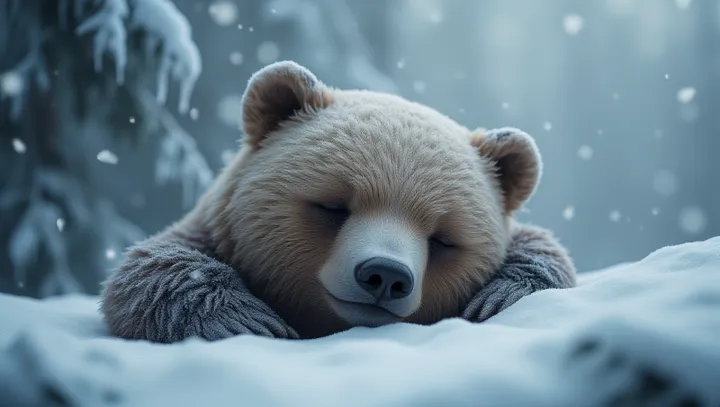Exploring the Mysteries of Winter Hibernation Secrets

As North America braces against the chilling grip of winter, a significant number of its animal inhabitants retreat into a state of deep rest known as hibernation. This extraordinary biological process allows creatures like bears, bats, and certain rodents to survive when temperatures drop and resources are scarce. The act of hibernation involves a dramatic slowdown in metabolic processes, enabling these animals to conserve energy.
During this period, they rely on fat reserves accumulated during more plentiful times. This remarkable adaptation not only ensures survival through the harsh months but also raises intriguing questions about their evolutionary history and the role of climate in shaping behavioral patterns. According to Dr.
Emily Carter, a renowned ecologist, 'Hibernation is not just about surviving the winter; it's a complex interplay between physiology and environmental challenges. It teaches us about the resilience and adaptability of life forms on our planet.' Her insights shed light on the broader implications of hibernation, including its impact on ecological balance and its potential vulnerability to climate change. As the changing climate continues to influence global ecosystems, understanding hibernation's intricacies becomes increasingly crucial.
This knowledge could contribute to conservation strategies aimed at protecting these species and maintaining ecological equilibrium amidst shifting environmental conditions.
